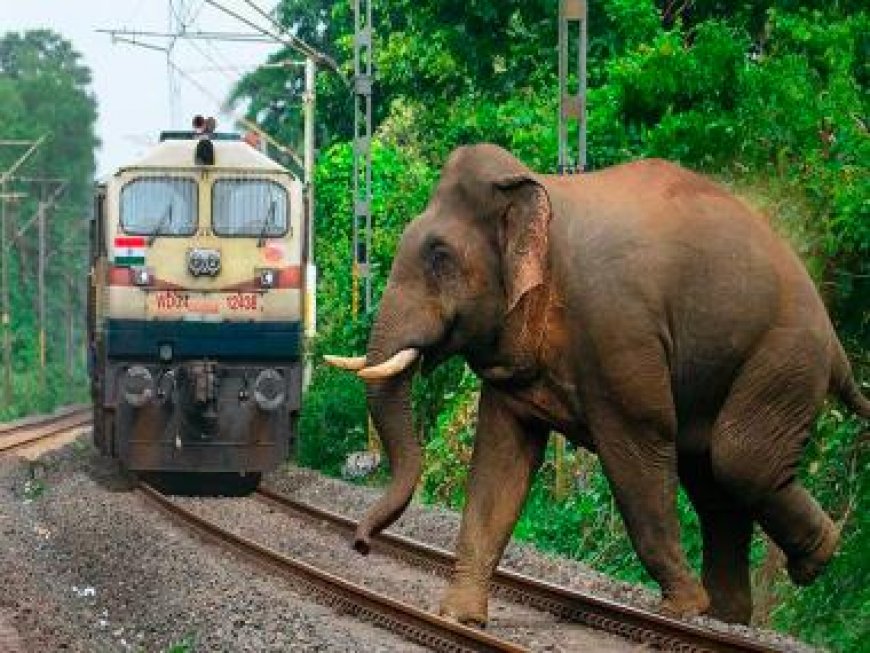Indian Railways launches 'Gajraj Suraksha', a new AI-based tech to curb elephant-train collisions
Indian Railways launches 'Gajraj Suraksha', a new AI-based tech to curb elephant-train collisions

Over the past decade, about 200 elephants lost their lives due to collisions with trains, posing a significant threat to both wildlife and railway operations.
In a bid to address the rising concern of elephant deaths in train collisions, Indian Railways has rolled out a groundbreaking, indigenously developed new technology called Gajraj Suraksha, that is aimed at preventing such tragic incidents.
Gajraj Suraksha, which is a kind of Intrusion Detection System or IDS, is based on an AI algorithm and claims to detect 99.5 per cent of potential collisions, providing a much-needed solution to this longstanding issue. What makes this system unique is that it primarily relies on OFCs or Optical Fibre cables for quick transmission of signals.
Union Minister of Railways, Ashwini Vaishnaw announced plans to install these AI-powered systems in West Bengal, Odisha, Jharkhand, Assam, Kerala, certain parts of Chhattisgarh, and Tamil Nadu.
How does the Gajraj Suraksha Intrusion Detection System work?
Gajraj Suraksha senses pressure waves generated by the movement of elephants along the tracks. While explaining how exactly the mechanism works, officials revealed that as elephants move, the optical fibres detect vibrations caused by their footsteps.
These vibrations trigger signals within the optical fibre network, enabling the system to identify the presence of elephants up to 200 meters ahead of their arrival on the track.
The OFC-based Intrusion Detection System works by sending alarms to station masters whenever movement is detected along the tracks.
The network is designed in such a way that it can track the movement of the elephant with great accuracy and report it to nearby station masters. This allows them to promptly inform locomotive drivers in the affected areas.
This quick communication ensures that trains can be slowed down or stopped, preventing potential collisions with elephants.
Cost-effective, easy-to-deploy
One of the key advantages of this technology is its cost-effectiveness. On a vast network spanning 700 kilometres of railway tracks, the implementation cost is estimated at Rs 181 crores, making it a viable and scalable solution for Indian Railways. The Indian Railways plans to deploy this solution across all elephant corridors in the country in the next 8 months.
The Indian Railways has chosen the Northeast Frontier Railways to pilot this programme and implement this new, cutting-edge technology in some of the worst affected areas.
The system is being installed over a large area and is already fully operational along a specific stretch covering approximately 70 kilometres. Authorities believe that this proactive approach will significantly reduce the number of elephant casualties caused by train accidents in the region.
The introduction of this indigenous technology marks a significant step forward in the efforts to protect wildlife and enhance the safety of railway operations.
As India continues to grapple with the delicate balance between modern infrastructure and environmental conservation, innovations like the Gajraj Suraksha, showcase the potential for technology to mitigate the impact on the country’s rich biodiversity.
What's Your Reaction?

























































